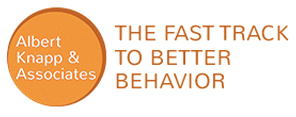When it comes to treating and assisting those with autism or other developmental or behavioral disorders, one therapy is used quite often. Whether you’re a parent of a newly diagnosed child with autism or you’re looking for new ways to assist clients or family members, Applied Behavior Analysis (ABA) may be what you’re looking for.
What is ABA?
To help in solving language delays or issues, this therapy is used to establish language in the child when it is applied early on. It can assist your child with skills such as self-help or with stopping undesirable behaviors before they become a problem. This is an individual approach to help your child or client on their level of language and struggles. Applied Behavioral Analysis is not a one-size-fits-all approach to assisting those with these disorders. It involves the entire family working together to help the child or patient on a consistent basis.
What areas does ABA focus on?
The focus of this type of treatment or therapy is centered on a few different aspects. Communication is one of the areas focused on as those with autism or other behavioral disorders sometimes struggle with communicating their needs. They must be able to communicate when they need to use the restroom, if they’re hungry or if they are hurting. Language skills, both receptive and expressive, are also addressed.
Other areas that Applied Behavior Analysis can center on include gross motor skills, fine motor skills and oral skills such as eating, drinking and talking. You’ll also find assistance with life skills and social and behavioral skills that can help your child or family member thrive in society.
While the Applied Behavior Analysis therapy is not one program or one therapy process, it is a great way to help those dealing with these disorders to learn to live full and happy lives in society. It can give them the necessary skills to make it on their own when dealing with communication, social situations, and when they need to get help.


Recent Comments